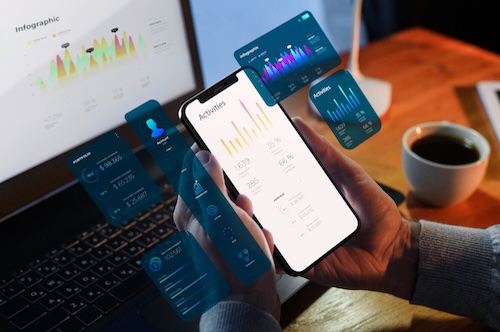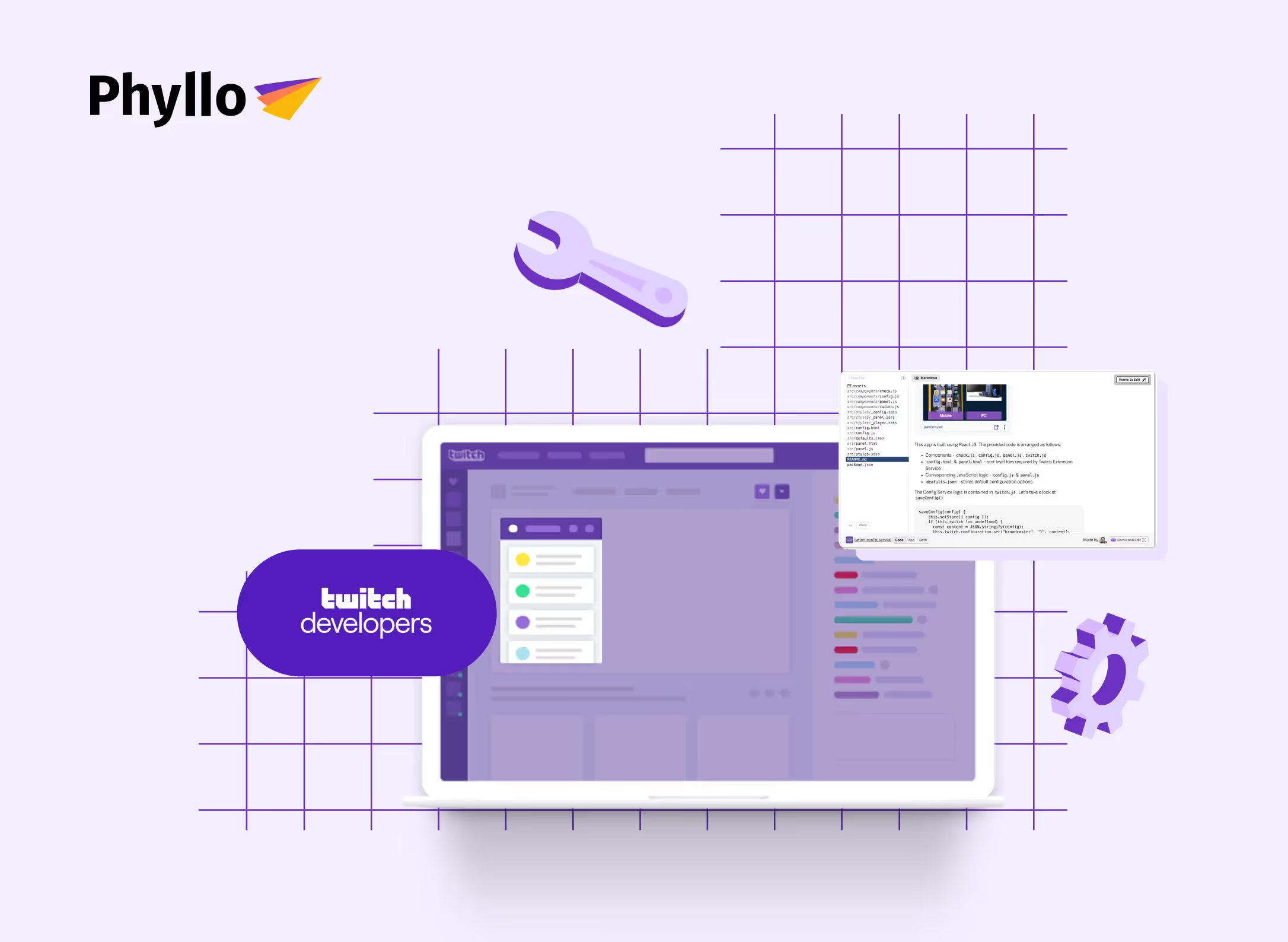In today’s digital-first landscape, brands and enterprises face increasing risks tied to who they collaborate with, employ, or endorse. Social media can both amplify a brand’s reputation and put it at risk when individuals tied to the company share inappropriate, non-compliant, or harmful content. This is where API integration and social data APIs play a pivotal role in social media background checks. By connecting data from multiple platforms, businesses can create holistic, cross-platform risk profiles that safeguard reputation and enable smarter decision-making.
This blog explores how API integration builds scalable risk monitoring systems, why cross-platform visibility is crucial, and how businesses can use social data APIs to ensure compliance, trust, and long-term safety.
Why Risk Profiles Matter in the Digital Era
Before diving into APIs and integrations, it’s essential to understand the role of risk profiles in brand safety. Risk profiles evaluate the potential threats an individual or entity poses based on their online activity, affiliations, and historical content.
The rising digital risk landscape
Online content can quickly shift perceptions. A single viral tweet or old post can trigger consumer backlash, regulatory scrutiny, or even contractual disputes. According to Deloitte, 87% of executives consider reputation risk more important than other strategic risks.
For brands and enterprises, risk profiles help:
- Detect red flags in influencer or employee histories.
- Prevent collaborations with individuals spreading harmful or controversial views.
- Monitor compliance with industry guidelines and legal frameworks.
- Build consumer trust by ensuring ethical and authentic partnerships.
This is why cross-platform visibility through API integration is not optional—it’s the foundation of sustainable digital partnerships.
The Role of API Integration in Risk Profiling
APIs (Application Programming Interfaces) act as bridges between platforms, allowing businesses to gather structured data in real time. For risk profiling, APIs connect multiple social media platforms to deliver consistent, reliable insights into user behaviors.
Why API integration is critical
- Manual vetting is too slow and inconsistent for high-volume screening.
- APIs ensure secure, compliant, and scalable data access.
- Real-time integrations reduce delays and risks compared to scrapers.
Through social data APIs, brands can go beyond surface-level information like follower counts and instead capture deeper metrics: content sentiment, engagement authenticity, and audience demographics.
👉 Explore Phyllo’s Social Media Intelligence API to see how structured data powers risk assessment.
Cross-Platform Social Media Background Checks
A true risk profile cannot be built by looking at one platform alone. Individuals may behave differently on LinkedIn compared to Instagram or YouTube. To uncover risks, brands need cross-platform social media background checks powered by API integration.
Why cross-platform checks matter
- Holistic analysis: Detect inconsistencies in professional vs personal personas.
- Fraud prevention: Fake influencers may buy followers on Instagram but appear genuine on LinkedIn.
- Contextual risks: Old content on Twitter might conflict with brand values.
- Regulatory compliance: Industries like finance or healthcare must ensure online behavior aligns with regulations.
👉 For robust vetting, check Phyllo’s Influencer Vetting for Brand Safety.
Key Components of a Cross-Platform Risk Profile
A well-built risk profile powered by API integration covers multiple dimensions.
1. Identity Verification
Ensures that the influencer or individual is who they claim to be. APIs can cross-reference usernames, bios, and linked accounts to confirm authenticity.
2. Engagement Quality
Not all engagement is equal. Using social data APIs, brands can separate real interactions from bot-driven activity.
3. Content History
Social screening tools scan historical posts to flag potential risks such as hate speech, explicit content, or political extremism.
👉 Use Phyllo’s Social Screening to automatically flag non-compliant or high-risk content.
4. Audience Demographics
Demographics reveal whether an influencer truly reaches the desired target group. This can highlight risks such as misaligned audiences or fraudulent engagement.
5. Sentiment and Reputation Tracking
Sentiment analysis through social listening APIs shows whether conversations about a person are positive, negative, or neutral.
👉 Phyllo’s Social Listening API helps track real-time conversations tied to influencers or brands.
Social Screening vs Social Listening in Risk Profiling
Both social screening and social listening APIs contribute to risk assessment, but in different ways.
Both are critical, but screening comes before collaboration, while listening protects the brand during and after engagement.
Statistics Highlighting the Importance of Risk Profiling
Data emphasizes why brands cannot ignore social media background checks.
- 67% of consumers say their trust in a brand decreases if they discover the brand works with influencers involved in scandals (Edelman Trust Barometer).
- More than 50% of influencers admit to seeing fake followers in their industry (Statista).
- The average cost of a brand reputation crisis is estimated at $537,000 in lost revenue and recovery efforts (PR Newswire).
These statistics underline why cross-platform API integration is essential for proactive brand safety.
Benefits of API Integration for Cross-Platform Risk Profiles
Efficiency at Scale
APIs eliminate the manual workload of reviewing thousands of profiles. This allows marketing and compliance teams to focus more on strategy rather than repetitive checks, ultimately speeding up decision-making.
Compliance-Ready Data
Unlike scrapers, APIs provide data securely and in alignment with platform policies. This ensures that brands not only avoid legal risks but also maintain a trusted relationship with social platforms.
Real-Time Monitoring
Brands can respond to emerging risks instantly. With instant alerts and updates, teams can act before reputational damage escalates into a full-blown crisis.
Consistent Data Quality
Standardized outputs across platforms ensure fairness and accuracy in risk assessments. This uniformity reduces the chances of bias or error and makes cross-channel reporting far more reliable.
Stronger Brand Trust
By avoiding risky associations, brands show consumers that they value safety and authenticity. Over time, this proactive approach enhances brand loyalty and builds long-term credibility in the marketplace.
Future of Cross-Platform Risk Profiling with APIs
The future points toward AI-driven, predictive risk profiling where APIs and machine learning combine to forecast risks before they materialize. We can expect:
- Automated influencer fraud detection at scale.
- Predictive risk scoring models that rank influencers or employees.
- Deeper integrations with compliance systems across HR, legal, and marketing.
- Unified dashboards powered by APIs to track risks across all digital touchpoints.
Brands that adopt these systems early will not only minimize risk but also gain competitive advantage through trusted collaborations.
Conclusion
Building a cross-platform risk profile is no longer optional—it is a necessity in protecting brand reputation. Through API integration and social data APIs, businesses can run effective social media background checks that highlight fraud, compliance violations, and reputational risks. Tools like social screening and social listening APIs make it possible to move beyond surface-level checks and create a holistic, ongoing brand safety framework.
By prioritizing structured, compliant data access through solutions like Phyllo, enterprises can transform risk profiling into a proactive shield against digital threats.
👉 Learn more with Phyllo’s:
FAQs:
1. What is a cross-platform risk profile?
A cross-platform risk profile consolidates data from multiple social media accounts to evaluate an individual’s potential risks. This includes content history, engagement quality, audience demographics, and sentiment. It helps brands make safe, informed collaboration or hiring decisions.
2. Why is API integration important in risk profiling?
API integration ensures real-time, secure, and scalable access to social media data. Unlike manual checks or scrapers, APIs provide compliance-friendly, structured data across platforms for consistent risk analysis.
3. How do social media background checks work?
Social media background checks use APIs to scan user activity across platforms, flagging controversial posts, fake engagement, or audience mismatches. They act as a safeguard before entering into partnerships.
4. What is the difference between social screening and social listening?
Social screening focuses on scanning historical content for risks like offensive language or non-compliance. Social listening, on the other hand, monitors ongoing conversations and sentiment about a person or brand in real time.
5. Can APIs detect fake influencers?
Yes. By analyzing metrics such as follower authenticity, engagement patterns, and audience demographics, APIs can uncover fraudulent behavior that suggests influencer fraud.
6. Are social media background checks legal?
Yes, as long as they rely on APIs and comply with data privacy laws. Scraping or unauthorized access, however, can violate both platform policies and regulations.
7. How do brands benefit from social listening APIs?
Social listening APIs allow brands to track mentions, conversations, and sentiment tied to their influencers or campaigns. This ensures ongoing reputation monitoring during and after partnerships.
8. What is the future of social data APIs in risk profiling?
The future lies in predictive AI models that combine API-driven data with machine learning to forecast risks. This will enable brands to proactively prevent scandals before they occur.











.avif)
.avif)

.gif)
.avif)